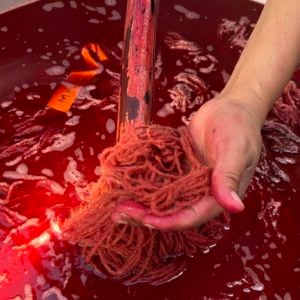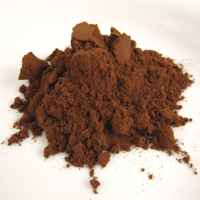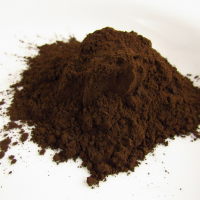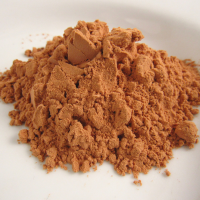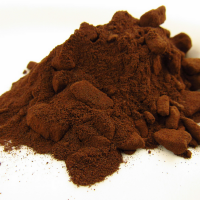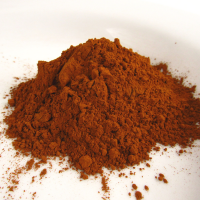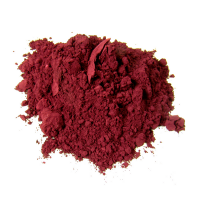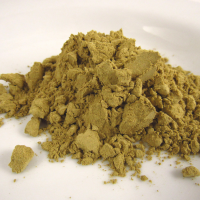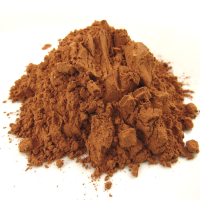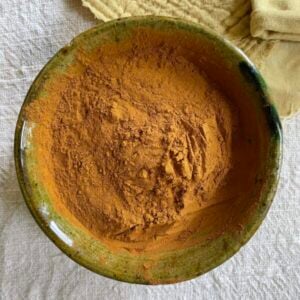Whole Cochineal Insects
Whole Cochineal Insects 100g of Whole Cochineal Insects will dye about 900 grams (2 pounds) of fiber to a deep red shade. For detailed instructions, please see our page on dyeing with cochineal. Cochineal (Dactylopius coccus) is a scale insect that invades the nopal cactus and is about the size of a grain of rice with a silvery purple hue. The best cochineal is dark and full of carminic acid. We obtain only the finest grade cochineal on the market. You will also need a small amount of Cream of Tartar for the extraction process. Cochineal is one of the … Read more

